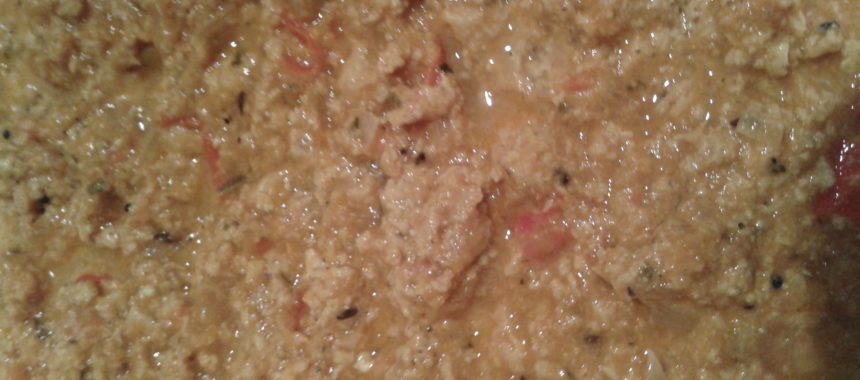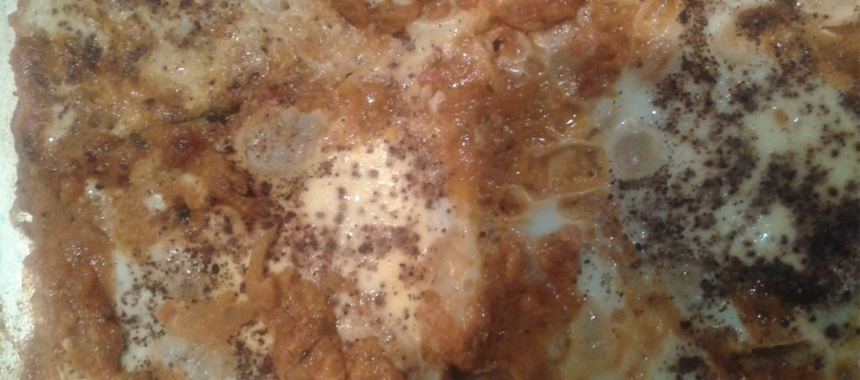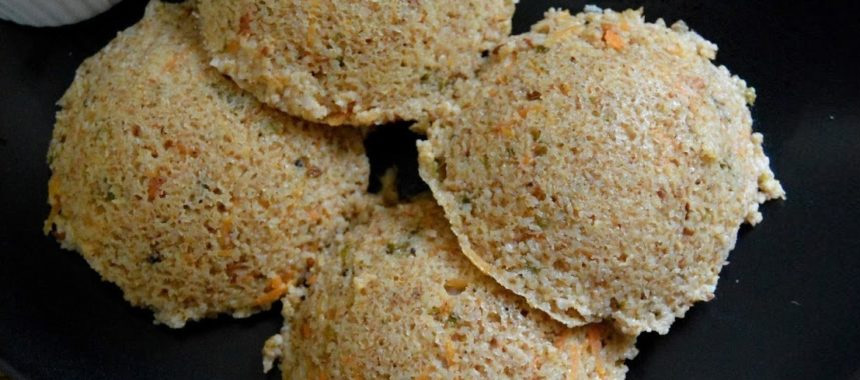Each period of growth has its own special needs and problems and hence is divided into in utero (before birth), new born period (1st month), infancy (1st year), under 6 pre- school age and school going age which also includes adolescence and puberty in girls from 10-14 years and 11-16 years.
Environmental influence and upbringing plays a major role in the growth and development of a child especially in the first 5 years of life when nutritional needs, prevention of infection and infectious diseases deserve special mention in the normal growth and development of children. The weaned infants and pre-school child are extremely vulnerable and must need the balanced food always. If the diet is imbalance, then they are readily succumbed into the infectious diseases and infestation. The rate of growth and development depends on the diet consumed by them.
Six killers of children:
Frequent attack of infectious diseases effects their growth and increase the requirement of various nutrients. Every 15 seconds a child dies from Measles. Virtually unprotected child are prone to get the disease which may be malnutrition or chronic diarrhoea. Diptheria kills between 10 to 15 percent of its victims. It causes due to the formation of membrane in the throat and result in death, followed from asphyxiation. Diphtheria bacillus in the throat also produce toxin, which enters the blood stream. This may attack heart or nervous system and leads to fatal. Every year 51 million of children are affected by Whooping cough. Malnutrition due to excessive vomiting after coughing may lead to many complications and permanent brain damage and pneumonia. Tetnanus causes 7,00,000 death per year especially new born babies due to unsterile methods of cutting the umbilical cord or by applying contaminated ointment on the stump. 2,50,000 children die every year who affected by Poliomyelitis. One in ten dies by this disease. It is caused by polio virus. Ten million children are attacked by Tuberculosis. In the lungs, TB can tigger a rapidly fatal pneumonia or a slow wasting disease. In bone, it can lead to severe deformities. When TB affects brain, it may lead to death.
Feedings between one to one and half years:
By this time child would have started to eat house hold diet. It has to be soft enough with out spices. The bulk of solids are supplied at this age. Most of the food should be given more than 2or3 ounces at a time. The frequency of feedings is five times a day at every interval of two to three hours. The mother should have accurate idea about the quantity of food that feed to the baby. Bowl comes in different sizes and mother only should be familiar with the size of it. For hygienic purpose, spoons can be used to feed baby. This is the accepted method of feeding. If we use hand for feeding the baby, then we have to cut the nails properly and should wash it thoroughly with soap by scrubbing it. Tradition pattern is used in different parts of India in giving food to them. In some area biscuits and rusk is given to the baby. In kolkata, the first food is rice porridge and gradually they will give puffed rice, flaked rice, barley, sago and arrow root. In Mumbai, rice gruel is the first food. In Rajasthan, kichidi, roti, sago, suji are given. Mother should take special care in providing soft food to the baby by soaking bread and chapatti in milk, biscuits in milk or water, mashed vegetables etc. It is important to start curd as early as possible supplementary feeding as the babies may refuse to take it in latter, if mother delayed in giving it due wrong assumption. Care must be taken to keep the plate of the baby separate, instead of giving from the adult’s plate, so that the quantity will be known by it.
After one and half years to six years:
At this stage, the child will be practiced to take their food on their won by spoon. It will develop the food habit and they will choose the variety of item on their won according to their taste. At the same time, mother should know, whether the child is taking balanced food. Some mother will give biscuits, cakes and snacks at any time, whenever the child wishes. This will make the child not to feel hungry. This may reduce the appetite and child won’t take their food properly. The chunk food is always worsening the food habit of the children. The care also should be taken that not to take water before meals, as it also reduce the appetite. The feeding time is as same as adults. More faulty food will disturb the digestion of food as the liver cannot secrete that much of bile to emulsify it.
Daily sample menu for one year old child from middle income group:
| 6. A.m | Milk-200ml with sugar. |
| 8. A.m | Idli- 2, Ghee, milk- 4-0z and 2tsp of sugar. |
| 10. A.m | Ragi porridge-6tsp with 4oz 0f milk and 1tsp of sugar. |
| 12 noon | Rice-1cup with4tsp of dhal and ghee few drops. Green vegetables -4 to5 tsp. |
| 4.P.m | Bicuits-2-3, milk- 200ml with sugar. |
| 8. P.m | Rice -1cup with 4tsp of dhal Vegetables -4 to 5 tsp. |
| 9. P.m | Milk with sugar. |
Nutritive values:
Carbohydrates -224.75 gm × 4 = 899
Proteins –20 gm × 4 = 80
Fat – 25 gm × 9 = 255
Calories = 1204
Calories, which are derived from cereals, should not be more than 70%. In total protein of the diet ¼ portion of protein must get from the pulses. 150 kcal can be derived from oil (1tsp of oil gives 45 kcal) and 50 kcal can be form sugar (minimum 5tsp).





